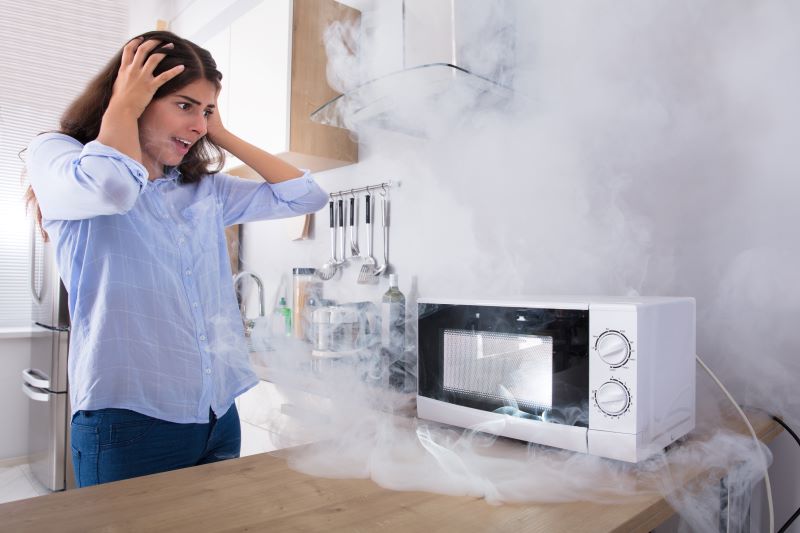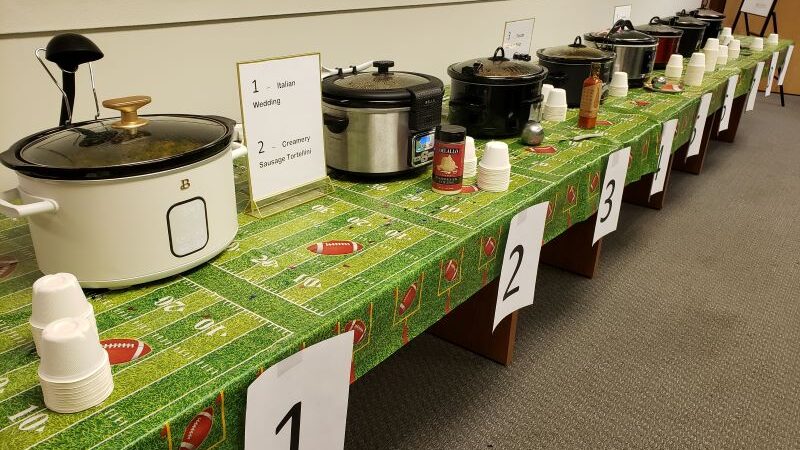Article by Dale Grant – Marketing Specialist
Restaurants have a rigorous set of fire prevention standards that they, rightfully so, need to have in place to operate. After all, an average of 7400 restaurant building fires are reported to U.S. Fire Departments each year. With multiple heat sources, flammable materials, and fast paced activity, it is vital to have Fire Suppression and Notification measures in place to ensure the safety of staff and patrons.
But what about those places that, while not restaurant kitchens, still prepare food within a commercial property. Retirement homes, office breakrooms, dorm rooms, event spaces often all involve some sort of food preparation. This can involve a variety of heat sources, each capable of producing a fire if not used properly.
First and foremost, all areas that involve cooking should have the proper fire notification and suppression systems in place as per their local Authority Having Jurisdiction and per National Fire Protection Association (NFPA) codes. Smoke detectors, heat detectors, fire alarms, proper egress, the proper classification of fire extinguishers and if applicable an automatic fire sprinkler system.
Not only should these precautions be in place, but it is also vital that they be regularly inspected and maintained to ensure that in the event of an emergency they are able to respond as quickly and effectively as possible.
However, like almost all safety related topics, an ounce of prevention is worth a pound of cure. The NFPA has several recommendations when it comes to the cooking devices that you’ll find in these non-traditional cooking areas.

Microwave Ovens:
The microwave has been an office break room standard for decades. This electrical marvel of technology cooks food by exposing it to electromagnetic radiation in the microwave frequency range. This induces polar molecules in the food to rotate and produce thermal energy in a process known as dielectric heating. With the press of a few buttons, you can be the envy or enemy of any office (depending on if you’re reheating Lasagna or Fish, respectively.)
While saving us from a steady diet of peanut butter and jelly lunches, microwave ovens are the reported cause of over 7000 fires reported to departments each year. They also account for more scalding burns that show up in emergency rooms each year than any other cooking device, with children under five facing a disproportionate risk of injury.
As far as safety tips, the NFPA recommends the following:
- Purchase a microwave oven that is listed by a qualified testing laboratory. Make sure to complete and return the product registration card so the manufacturer can reach out to you in the event of a recall.
- Plug the microwave oven directly into the wall. Never use an extension cord.
- Make sure the microwave oven is at a safe height for all users.
- Food often heats unevenly in a microwave oven; stir and test food before eating or giving to children or the elderly.
- Always supervise children while they are using a microwave.
- Use only microwave-safe food containers or dishes. NEVER use aluminum foil or metal in a microwave oven.
- In the event of a fire in the microwave, leave the door closed, turn the oven off and unplug it from the wall. If the fire does not go out, get outside, and call the fire department.
Slow Cookers
Popularized as early as the 1940’s, the “set it and forget it” slow cooker has become an American home staple as a quick weeknight dinner solution when women began to enter the workforce in increasing numbers.
Applying the “low and slow method” of cooking to dishes that would otherwise be boiled or braised, these devices are typically comprised of a glazed or ceramic cooking pot surrounded by a housing, usually metal, containing an electric heating element. The heating element heats to a consistent temperature and distributes the heat throughout the pot. Vapor from the liquids inside pot is condensed on the devices lid which returns to the pot.
Because of their portability, ease of use, relatively low cost, and ability to maintain a steady temperature, slow cookers have become popular options for picnics, rental venues, and office gatherings.
While relatively safe, the NFPA does have a few commonsense safety tips regarding their usage:
- Like all other cooking equipment, only use devices that are listed by a qualified testing laboratory.
- Check power cords regularly for damage.
- Remove any flammable items from the area surrounding the slow cooker.
- Make sure to keep the lid on the slow cooker and keep it in an area where it will not be accidentally bumped or jostled. If the lid is not secure, the liquid inside can boil away which can cause the device to overheat.
- Never overload outlets with multiple slow cookers.

Chafing Fuel
A catering staple, chafing fuel refers to the gelled often canned cooking fuel commonly made from methanol, ethanol which when ignited creates a constant flame to be placed under cooking trays to keep buffeted food warm during service.
Sterno, one of the most widely used brands of chafing fuel, recommends the following safety tips:
- Always use caution when handling open flame products.
- Always remove excess gel from the lid if it is being used as a regulator.
- Always wash fuel residue from hands.
- Always place fuel cans securely underneath chafing dishes prior to lighting.
- Always use a cap can, snuffer paddle, regulator, or saucer to extinguish, never attempt blow out the flame.
- Never use a sharp knife to pry off lids.
- Never use a lit can to light another can.
- Never carry chafing dishes with lit cans.
- Keep all flammable objects away from open flames.
Please remember that fire suppression and life safety systems are in place per local regulations and NFPA Codes, there is no better way to prevent a fire than with common sense. Seemingly innocuous cooking devices can still pose a fire or burn risk if not handled properly. Precaution and vigilance go a long way toward safety when it comes to Fire Prevention.

